Today is a landmark day for the Babcock workforce at Rosyth as a bold new shape begins to appear on the horizon of British shipbuilding.
After years of planning, construction, and preparation, the Royal Navy’s first Type 31 frigate has emerged into the light. You can watch the interview here or read it below.
To my right, 5,500 tonnes of warship now sits outside the build hall. HMS Venturer, the lead ship in the Inspiration-class, will enter the water in the coming weeks. She is the first of five general-purpose frigates designed to boost the Royal Navy’s global presence. The programme aims to deliver all five ships into service by the end of the decade.
Once afloat, the ship will be moved into dry dock for final fitting out, including masts, weapons, and sensors. Internal systems are already well advanced, thanks to an efficiency-driven decision to extend work inside the build hall before roll-out.
I spoke with Sir Nick Hine KCB, Chief Executive of Babcock’s Marine division, about what comes next for Venturer, for the Type 31 programme, and for Rosyth itself.
Q: What happens next for HMS Venturer now that she’s out of the build hall?
Sir Nick Hine:
“So we’ll take her from where she is behind us on the hard standing. We’ll put her on the barge. We’ll take her into dock. She’ll be in dock in the next sort of ten days or so, and we’re putting her into dock because that’s the best place to do more fit-out work.”
“So we’ll fit her out over the next sort of six to nine months. And then once we’ve done that, we’ll look to start vessel acceptance, and we hope to start having that done in the next sort of 12 months — hand over to the Navy. I mean, I’d hand her over to the Navy as quickly as we can. We need to be smart about that. We need to be clever about how we do acceptance so that we can get her into the fleet as quickly as possible.”
“But we maintain our ambition to have five ships in service, from contract award to five in service in ten years, which is unheard of.”
Q: The second ship, HMS Active, is already structurally complete, and work on HMS Formidable is underway. The programme seems to be gaining real pace.
Sir Nick Hine:
“I mean, those people who know me will know nothing in the world ever goes fast enough for me. So I’ve already said to them, we’ve got one boat out today. And I said, ‘Why isn’t number three in the yard? What are we doing? Why is it still not there? Why have we got a ship gap in the shed?’ You know?”
“But the answer is, it’s going much faster than any other shipbuilding programme in the UK or anywhere in the world actually, in terms of complex warships. As I say, five in service from contract in ten years is astonishing.”
“Could I go faster? Probably. Would I like to go faster? Yes, of course, because the Navy needs the ships. These will be vital elements of national security. So I’d like to deliver that as quickly as possible.”
Q: You’ve spoken before about a long-term ambition for Type 31. What does the future hold for Rosyth and this ship design after the first five are delivered?
Sir Nick Hine:
“I’m on record as saying I want to sell 31 Type 31s by 2031. I want to make sure that this is a programme that lasts and runs, and we get the benefit of all the investment that we’ve made here — the £200 million of investment that we’ve put into Babcock, into our site, by Babcock, and the skilled workforce we now have here.”
“The engineers, the apprentice programme that we run, our production service operatives — all of those things that we’ve put together are clearly dependent on work.”
“So whilst my team build ships as greatly and as well as you can see here today, it’s my job to go and win work. I need to win work and persuade the UK Government that it needs more platforms like this, and I need to persuade other governments that they need platforms like this. But I am convinced that this is the ship that navies need.”
HMS Venturer isn’t just a ship rolling out of a build hall today. She’s a statement of industrial confidence and strategic ambition. A signal of intent from Rosyth, where Britain’s shipbuilding story writes its next chapter — in steel and in purpose.
And if Sir Nick Hine has his way, that chapter has only just begun.


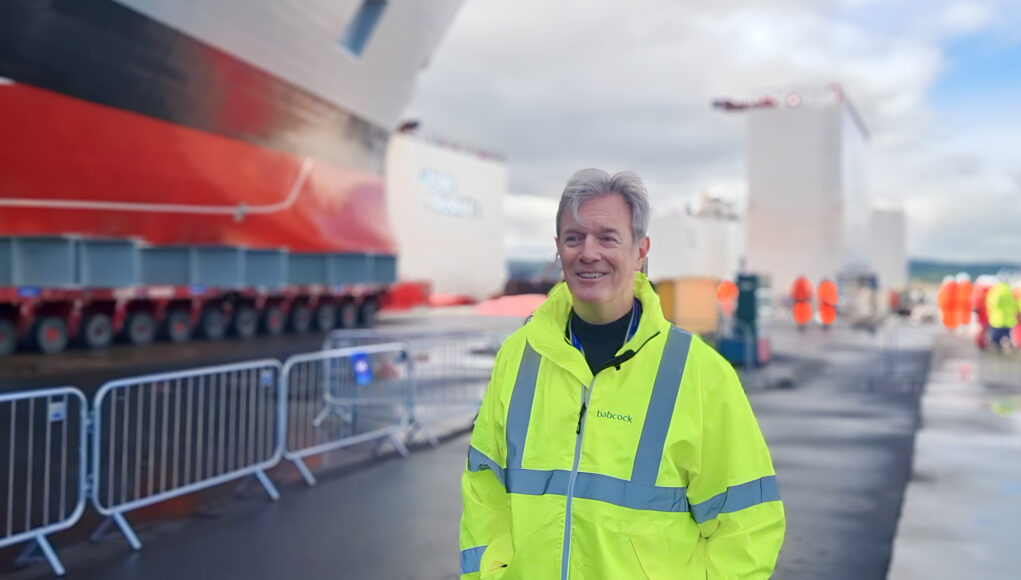

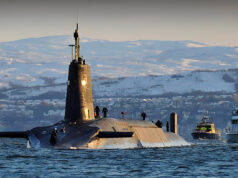

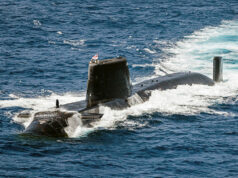

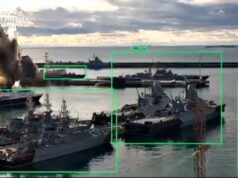

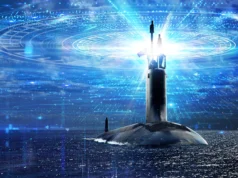

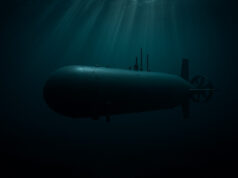

Double the numbers we need 10 as a minimum..
Fitted with…..not for
I’ll take the 31 all for the RN if Sir Nick is offering!
Lol…..well we could crew a few extra than 10 frpm the T23s
31 might be a push though
With all due respect. Isn’t this the 3rd article in a row with the exact same interview quotes? I’m not sure what’s different about the 3 articles.
It is, but we are always keen to provide this in different formats, focusing on different points for more people.
Hi George, you emailed me about the name change last Friday, but I haven’t had anything back and my comments are still being moderated.
Is that process still ongoing?
Thanks George. You have done sterling work keeping the audience informed all the way. A written text is useful for those of us with hearing loss and for reference.
Nothing would inspire consumer confidence like more RN orders.
Could they crew them if they built them?
Crikey can we give that record a rest it is worn out.
There is such a thing as a growth mindset and planning for expansion. It is going to be 7+ years from order to needing a full crew so time enough to recruit, train, retain.
T23 is knackered and not the best place to serve.
T45’s don’t go to sea enough: yet – but that will change when PiP is completed.
The big problem is lack of sea time – most people join navy to go to sea. It is part of the pitch…..
Idiocy like broken showers on aircraft carriers isn’t helping either.
Not so long ago the navy had 20 frigates.
‘Could they crew them …’
If recruiting was aimed a the demographic that historically joined the armed services down generations rather than minorities who have not the numbers and mostly don’t want to serve. Otherwise as S.B. wrote.
I must admit I’m apprehensive once the T31s have been delivered, what next for Babcock? Will it be boom and bust again, or will there be some semblance to the National Shipbuilding Strategy?
What about shifting to the T31 variant that is more of a MRSS, can deploy more amphibiously? Sorry, I’m not up to speed on all the variants of T31 that have been developed.
Overall this is a great day for UK shipbuilding and the RN. Well done to you from the Antipodes. The ship looks great!
Thanks for the presentation George.
Absalon class, that’s the type. Similar hull, huge internal storage & off ramp for vehicles?
And crucially, OMT who worked with Babcock on A140, also designed the Absalon class, so there’s every expertise needed to do this. The ship would need to be larger to fit into the MRSS category and there’s no welldeck (which I know is an active debate for the MRSS anyway).
That’s definitely an option, I know the RN have said that ships will need to be more fighty, if they’re expected to operate in the littorals. Perhaps the amphibious variant could be in the cards.
In this I’d like to be optimistic rather than pessimistic!